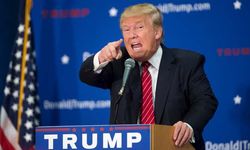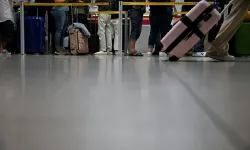In a written statement made by TikTok, it was reported that in order to prevent misleading users who are not aware that digital content is produced with artificial intelligence, the content uploaded to the platform will also be labeled, just like the filters that the application offers for use within its own structure.
In the statement, it was noted that by attaching metadata to the photo and video content uploaded to the platform, the content that is determined to be produced by artificial intelligence will be labeled, and in the future, audio files will also be scanned for this purpose.
Thus, TikTok is the first video sharing platform to tag artificial intelligence content, the statement emphasized, adding that the Content Proofing and Authenticity Coalition (C2PA), created in cooperation with Adobe, Arm, Intel, Microsoft and Truepic companies, will use "content credentials" technology.
Claire Leibowicz, Head of Artificial Intelligence and Media Integration at the non-governmental organization "Partnership for Artificial Intelligence (PAI)", evaluated that "content credentials" technology contributes more to transparency compared to watermarking techniques.
For over a year, TikTok's terms of use have required tagging of realistic AI content uploaded by its users to the platform.
Last year, Meta announced that it was working with industry partners to set technical standards to facilitate the identification of images produced by AI tools and, in future versions, video and audio, and Google announced that AI tags would be added to YouTube and other platforms.












